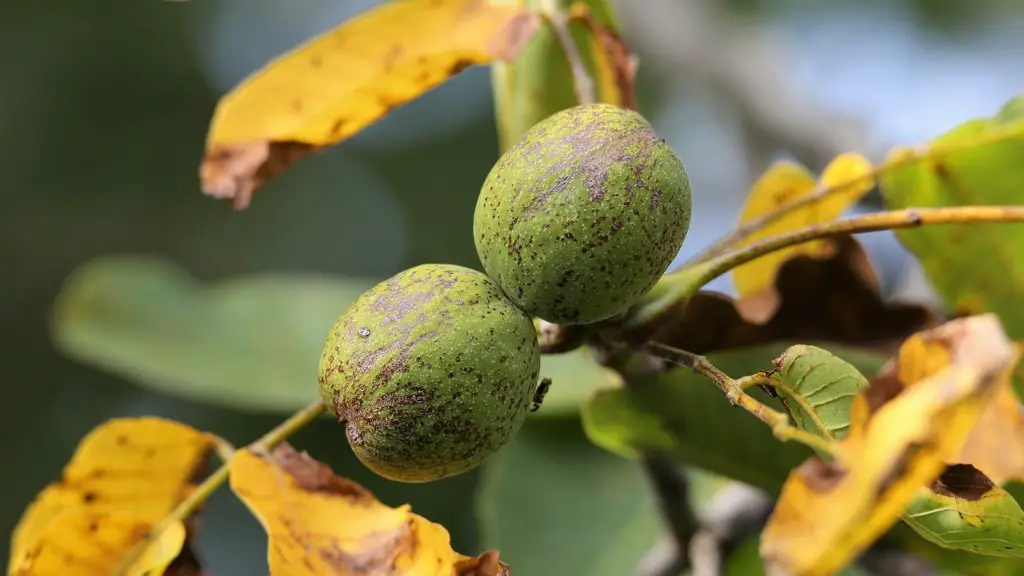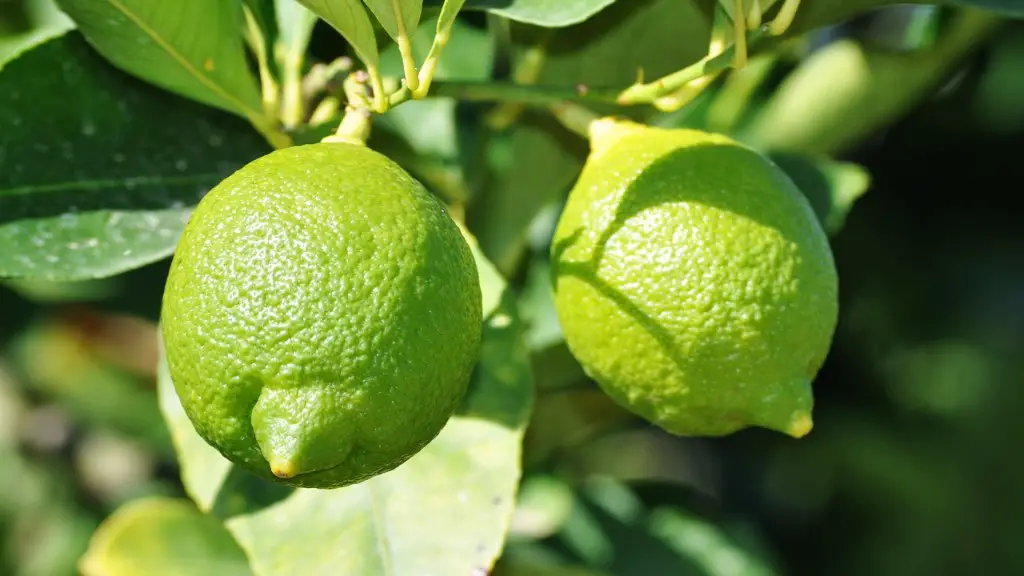Planting
Cherry blossom trees, also known as Japanese cherries, are beautiful blooming trees that thrive in a variety of climates. They are a favorite around the world, often planted in public places like parks and gardens. In order to ensure the best growth of a cherry blossom tree, it’s important to understand when to prune it. Pruning helps to strengthen the structure of the tree, allowing it to grow and bloom healthily.
Types of Pruning
Pruning cherry blossom trees generally involve two different types of pruning. There is the formative pruning which is done to shape the flowering tree and its branches. The other pruning is the restorative pruning that is done to keep the tree healthy. This involves removing any branches that are dead, dying or diseased.
Formative Pruning
Formative pruning is best done as soon as a cherry blossom tree is planted. By pruning early, you are encouraging the tree’s structure to form with stronger branches. This will make the tree more aesthetically pleasing and will also reduce the likelihood of branch breakage when the tree matures. Pruning at this stage can also reduce the risk of damage from pests or disease. It is important to prune the young cherry blossom tree carefully, depending on the shape you would like it to take.
Restorative Pruning
Restorative pruning is a more extensive type of pruning that is best carried out in the late winter or early springtime. It is important to inspect the tree at this time of the year and remove any dead, dying or diseased branches that may be present. This promotes healthier growth and helps to protect the tree from disease or pests. After the restorative pruning is complete, it is important to use mulch around the base of the tree to retain moisture and help prevent any weeds from taking root around the tree.
Fertilizing
Fertilizing your cherry blossom tree is important for promoting healthy growth, and should be done at least twice a year. Fertilizing just before the late winter or early spring restorative pruning is a great way to ensure that the tree is taking in the nutrients it needs. Using an organic fertilizer is usually recommended, as it is better for the environment and the tree’s health.
Watering
Watering is another key factor in ensuring the health of your cherry blossom tree. It is important to water the tree regularly and deeply, but be careful to avoid over watering. To ensure the best growth, water the tree during early mornings or late evenings. This helps to keep the soil moist and also provides time for the water to be absorbed more slowly by the tree.
Pests and Diseases
Cherry blossom trees are vulnerable to pests and diseases. It is important to inspect the tree from time to time, looking for signs of pest infestation or disease. If there are any signs of infestation or disease, it is best to seek advice from an expert as soon as possible. Taking prompt action is key to preventing the spread of pests and diseases to other trees in the vicinity.
Bi-Annual Pruning
In order to maintain the health of your cherry blossom tree, it is important to prune it bi-annually. This involves formative pruning as early as possible after planting and restorative pruning in late winter or early spring. Pruning in this way will promote healthy growth, reduce the risk of pests and diseases, and ensure the tree remains aesthetically pleasing.
Regular Care and Maintenance
In addition to pruning, there are other elements of regular care and maintenance that must be observed. This includes regular watering, fertilizing, and pest and disease control. Taking the time to carry out these maintenance steps regularly will help to ensure that your cherry blossom tree grows to its fullest potential.


